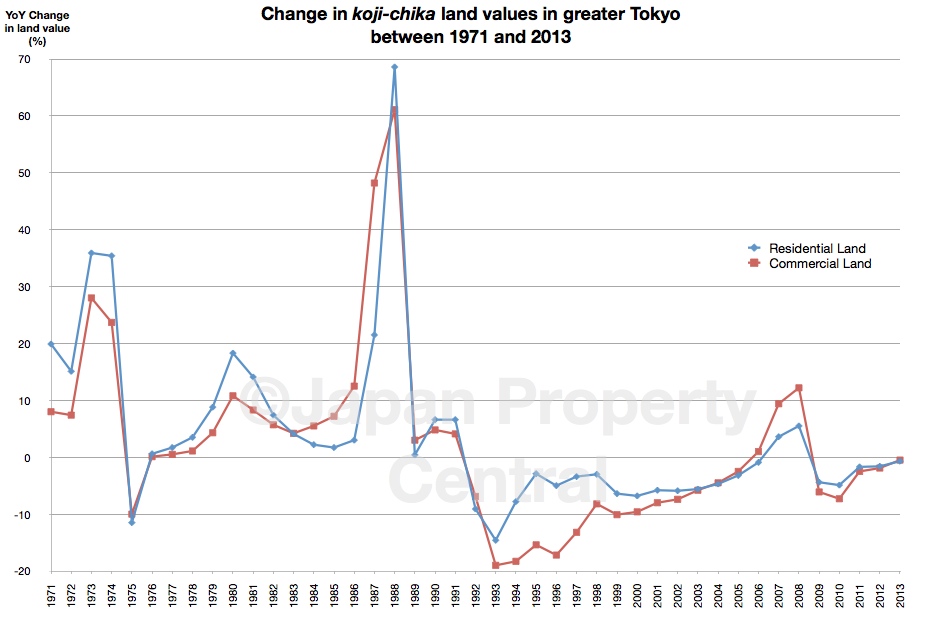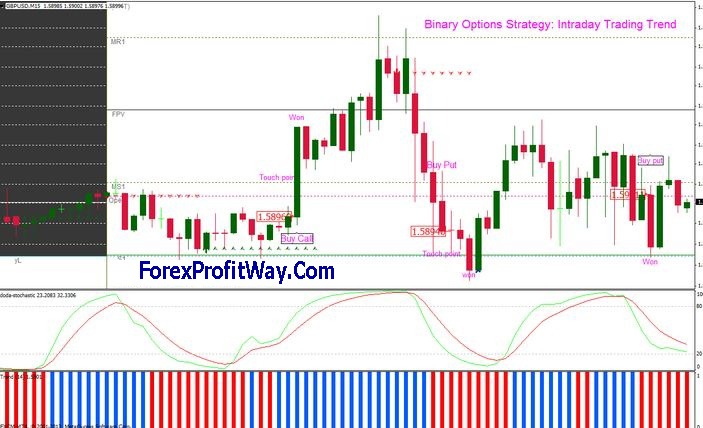

The SWOT framework encourages foresight and proactive thinking, rather than relying on emotional or intuitive feelings. The business environment is reviewed via the five forces framework of competitive rivalry, new entrants, suppliers, patrons and product substitution. Strengths and weaknesses are internal to your company—things that you have some control over and can change. Examples include who is on your team, your patents and intellectual property, and your location. In business analysis, Threats are anything that could cause damage to your organization, venture, or product. Opportunities and threats are factors that cannot be controlled by the organization.
- Threats are present by way of the insufficient administration of ingesting water provides, lack of wastewater therapy plant and excessive building in villages.
- Searching a new market for the product which is not having overseas market due to import restrictions; etc.
- The trade setting is reviewed via the 5 forces framework of competitive rivalry, new entrants, suppliers, patrons and product substitution.
SWOT analysis is one of the most commonly utilized strategic frameworks for collaborative organizational development. Because it provides a different approach to analyzing a company and its industry, SOAR analysis is a viable alternative for addressing organizational opportunities. It is designed for use within the preliminary stages of choice-making processes and can be used as a software for evaluation of the strategic position of a city or group.
Taking benefit of an opportunity from a position of power helps ensure the success of the corresponding venture. For example, if certainly one of your strengths is monetary, you would possibly buy a weakened competitor or invest in promising technology. If you’ll be able to assist ensure the survival of your organization with the first part of the SWOT analysis, this half helps make your company prosper and improves efficiency. The most important a part of a SWOT evaluation is to improve the viability of your organization. Important threats coupled with a company weak spot usually put at risk your company’s future, and the SWOT analysis identifies these risks. Participants also state the conditions — the opportunities — that will support the achievement of the objective and the threats that will complicate their efforts.
Strategic Leadership
This is because it helps you to identify what your strengths are, and then match them up with opportunities that are available to you. For example, if you have a strength in marketing, you could look for opportunities to market your business in new ways or to new markets. This means that the SWOT framework can improve the quality of internal and external analysis. SWOT analysis allows you to identify opportunities for growth and expansion using external factors such as changing trends, new technology, and market changes.
The SWOT methodology advantages, such as its use to address a variety of business issues, makes it a desirable tool to support some brainstorming sessions. However, the tool’s disadvantages, such as the subjective analysis of an issue, make it less desirable for others. We have discussed, there are many advantages of SWOT analysis in business growth.

A SWOT analysis involves negligible cost, and anyone understanding the business will be able to prepare the analysis. This analysis addresses complex situations, finds means towards improvement and holds several more advantages. It is an essential practice for revealing the internal and external constraints that affect a business’ performance and growth. Perhaps the biggest disadvantage of SWOT analysis is that it tends to focus on the strengths rather than the weaknesses.
Advantages of SWOT Analysis
As described above, SWOT is not a built-in process for analyzing priorities, so leaders have to manage their own. With the help of others in the team, leaders can begin to determine the importance level of each element of SWOT analysis. It helps to know what is the most important problem for everyone to know first. You can use a SWOT analysis, the merits and demerits of SWOT analysis when you do not have much time to deal with a complex situation.
Highly Subjective SWOT requires that you work within a limited outline and that Judgments are made about the positive and negative circumstances influencing the organization. As a qualitative measure, its subject to interpretation as well which may create differences in opinion. A SWOT analysis helps the leader in uncovering market opportunities that make profits and in fending off new competitors.
Selecting the targets that will best serve the clients while getting desired results is a difficult task. Opportunities may arise from market, competition, industry/government and technology. Increasing demand for telecommunications accompanied by deregulation is a great opportunity for new firms to enter telecoms sector and compete with existing firms for revenue.
With the help of others on the team, leaders can begin to assign levels of importance to each component of the SWOT analysis. This helps everyone know what the most significant issue to address first is. There is no need for training or technical skills to complete this process. Also, its simplicity makes it easier for others to understand the process and the results so leaders can quickly share the information with other staff members regardless of their position in the company. The SWOT Analysis tool is also used by new entrepreneurs wishing to assess the competition in their respective markets. Usually, each component of the analysis is represented in a chart format with each segment placed in a different quadrant.
Analyzing and understanding the data needed to conduct a SWOT analysis can be time-consuming. It may be applied informally to brainstorm and produce ideas, or it can be applied formally to evaluate a specific problem. It may be used to swiftly evaluate a variety of elements, including market trends, competition risks, and customer wants. An organization can simply task people from its talent pool rather than hiring an external consultant to perform this analytical tool. The simplicity of SWOT also means that it can be performed within a relatively short amount of time. As stated above, the SWOT analysis does not have a built-in mechanism for prioritization, so leaders are going to have to handle this on their own.
Factors – External and Internal
A SWOT analysis often consists of one- and two-word phrases to identify the strengths, weaknesses, opportunities and threats and includes no details. Further, SWOT does not require any Justification for classifying something under the element in which it was classified. Rank and Prioritize The SWOT analysis provides a framework in which organizations can identify their threats.
This organizing tool is greatest used in collaboration with neighborhood staff and/or community members before developing objectives and goals for a program design or implementing an organizing technique. During the process of filling in this template, you’ll consider all four elements individually. A SWOT analysis is a visual framework used for strategic planning across all types of businesses and organizations. SWOT analyses are made up of four components that will help you determine the output of your team’s analysis. Opportunities are elements of the external environment that management can seize upon to improve business performance . Threats – Threats arise when conditions in external environment Jeopardize the reliability and profitability of the organization’s business.
SWOT analysis is defined as the review of an individual, company, product, or industry by assessing strengths, weaknesses, opportunities, and threats of the object of study. One of the main advantages of SWOT analysis is that it is simple and easy to use. You can apply it to any level of your organization, from the overall vision and mission, to specific projects and initiatives. You can also involve different stakeholders, such as employees, customers, partners, and suppliers, to get a comprehensive and diverse perspective on your situation. SWOT analysis can help you identify your core competencies, unique value proposition, and potential growth areas, as well as your weaknesses, gaps, and risks. This can help you prioritize your actions, allocate your resources, and set realistic and measurable goals.
SWOT Analysis Tips
This approach stays the same whether or not the evaluation helps strategic planning, opportunity evaluation, aggressive evaluation, enterprise development or product improvement processes. In such instances, a business frequently maps company objectives to its strengths, weaknesses, opportunities and threats to identify valid strategic alternatives. Small business owners must create products and services the customer values, and produce and deliver them in exceptional ways compared to the competition. To meet the challenge, a company must define its current business and operational objectives and goals, while considering factors that impact the same. Companies engage in structured brainstorming, which can be supported by a Strengths, Weaknesses, Opportunities and Threats analysis.
In addition, SWOT analysis can be beneficial in evaluating a particular supply source, a business process, a product market or the implementation of a particular technology. When business leaders decided to take a SWOT analysis, it can help uncover the benefits of leaders or stop new competitors from entering the market. By any means, these tools enable leaders to create an attack plan to handle threats and vulnerabilities, depending on the limitations or conditions. SWOT is a major part of the strategic planning process, but many leaders are not using this tool for a variety of reasons. According to PMI, 61 percent of respondents have acknowledged that their companies are often struggling to distinguish between strategy formulation and its daily implementation. When you can measure four factors of your organization, or business, such as strengths, weaknesses, opportunities, and threats, you can make the best use of them.
For example, SWOT analysis can be time-consuming, and it can be difficult to assess external factors, such as competition, accurately. Despite this, SWOT analysis is still a powerful tool for businesses to gain insight into their position and develop strategies that will maximize their success and minimize their risks. It is a systematic process for identifying the advantages, disadvantages, opportunities, and risks that might have an impact on a project, company, or organization. Organizations may create strategies to optimize their strengths and reduce their shortcomings by recognizing and comprehending these elements. This can increase their chances of success and help them stay competitive. The SWOT Analysis causes business leaders to stop what they are doing and assess where the company is going.
Weaknesses and threats such as growing taste for ‘healthy’ beverages, foreign currency fluctuations, and subsequent competition were analyzed. Coca-Cola then based its future activities on this SWOT analysis and ramped up its advertising, promotional activities, and marketing. advantages and disadvantages of swot analysis Coca-Cola realized benefits within a year as its earnings per share rose from $.33 to $.35. The SWOT analysis led the company towards improvement, thereby heading towards wealth maximization. In addition, some experts feel that it is best to combine analytical methodologies.